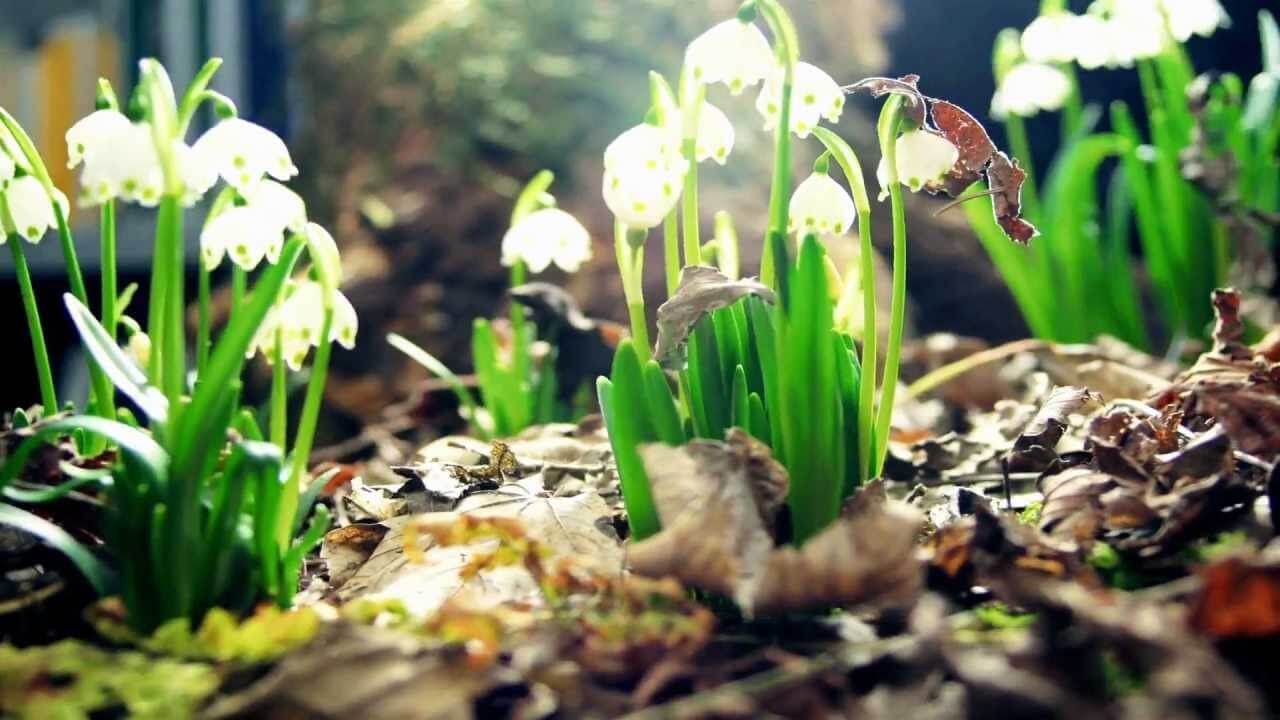The Western Ghats: A Crucial Biodiversity Hotspot in Need of Preservation
The Western Ghats of India, a mountain range that runs parallel to the country’s western coast, is a UNESCO World Heritage site and one of the eight ‘hottest hotspots’ of biological diversity in the world. This region is not only home to an impressive array of flora and fauna but also plays a critical role in influencing the Indian monsoon weather patterns. The unique biophysical and ecological processes that occur here are of immense global importance.
Biodiversity in the Western Ghats is rich and varied, with at least 325 globally threatened species found within its forests. These include plants, mammals, birds, amphibians, reptiles, and fish, many of which are endemic to the region. The Ghats’ complex terrain and habitats, ranging from grasslands to forests, contribute to this high level of endemism.
However, the Western Ghats face significant threats from human activities, including land-use changes, deforestation, and habitat fragmentation. Studies have shown that habitat preservation can enhance biodiversity in the region. For instance, a recent study highlighted the impact of land-use change on rock-dwelling fauna, demonstrating that even species adapted to variable climates are vulnerable to agricultural practices like agroforestry and paddy cultivation.
Conservation efforts in the Western Ghats have focused on establishing protected areas such as national parks, wildlife sanctuaries, and reserve forests. These areas are crucial for conserving habitat and allowing wildlife to flourish. Additionally, the recognition of the Ghats as a UNESCO World Heritage site underscores the global value of preserving this unique ecosystem.
The Western Ghats also offer a plethora of ecosystem services, including water purification, flood control, and carbon sequestration. These services are vital for the well-being of the human population that depends on them. Therefore, preserving the Western Ghats is not only about protecting biodiversity but also about sustaining the ecological services that benefit humanity.
To effectively preserve the Western Ghats, it is essential to develop and implement policies that balance conservation with sustainable development. This includes promoting eco-friendly agricultural practices, preventing land encroachments from outsiders, and supporting scientific research that informs conservation strategies.
The preservation of the Western Ghats is a task that requires the cooperation of governments and local communities. By working together, we can ensure that this irreplaceable treasure of nature continues to thrive for generations to come. The Western Ghats remind us of the delicate balance between human progress and the need to maintain the Earth’s natural heritage. It is a call to action for all of us to think about preserving the crucial life that it harbors.

Leave a Reply
You must be logged in to post a comment.